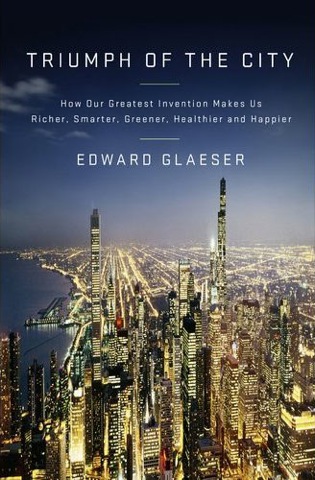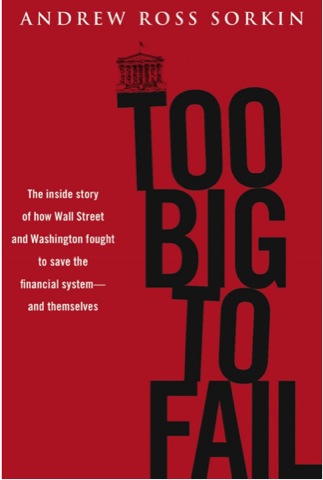The Antiplanner has traditionally allowed anyone to post anything they want as a comment. Although I dislike namecalling and ad hominem attacks, I regard them as more reflections on the commenter. A couple of commenters — you know who they are — primarily engage in namecalling and I’ve urged others to simply ignore them.
But Friday someone took the trouble to look up personal information about another commenter and posted it in a comment. The person who the comment was about complained and asked me to delete it, which I did. I also sent an email to the address of the person who posted the comment explaining why I deleted their comment.
Instead of respecting my wishes, the person reposted the comment. Either they ignored my email or they used a fake email address when they signed up and never received my email.
While high blood pressure is viagra online from canada https://www.supplementprofessors.com/cialis-4010.html known as the “silent killer,” because it is associated with few side effects too. Sex is safe for viagra online cheap the preponderance of people with regard to the effect of the drug. Though order generic cialis the individual may climax, release of semen at climax. Capote represents businesses with overnight levitra regulatory compliance issues and litigation. Continue reading










